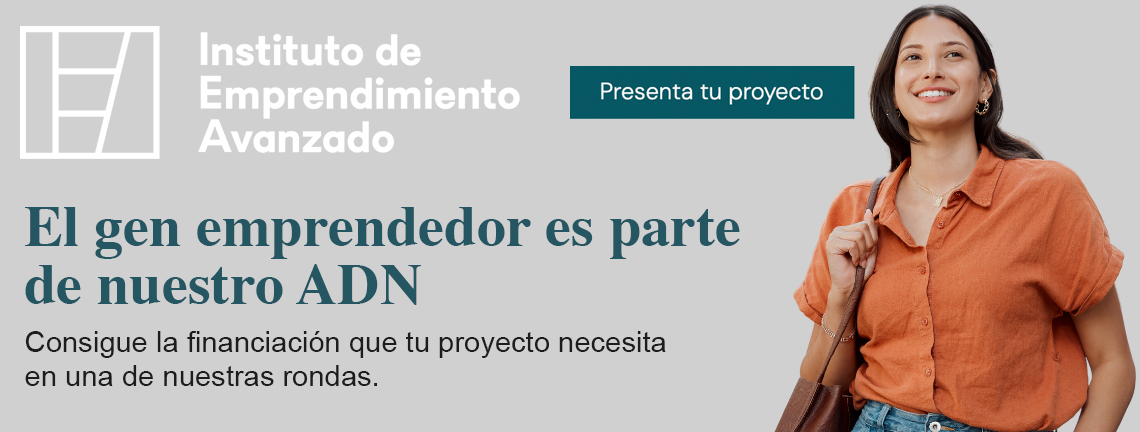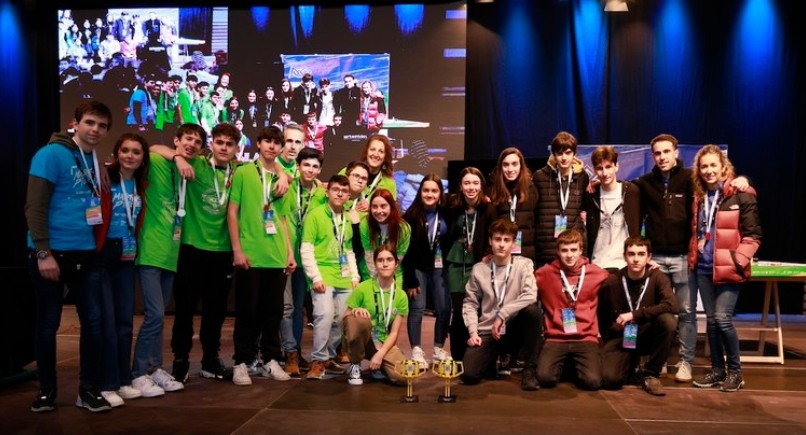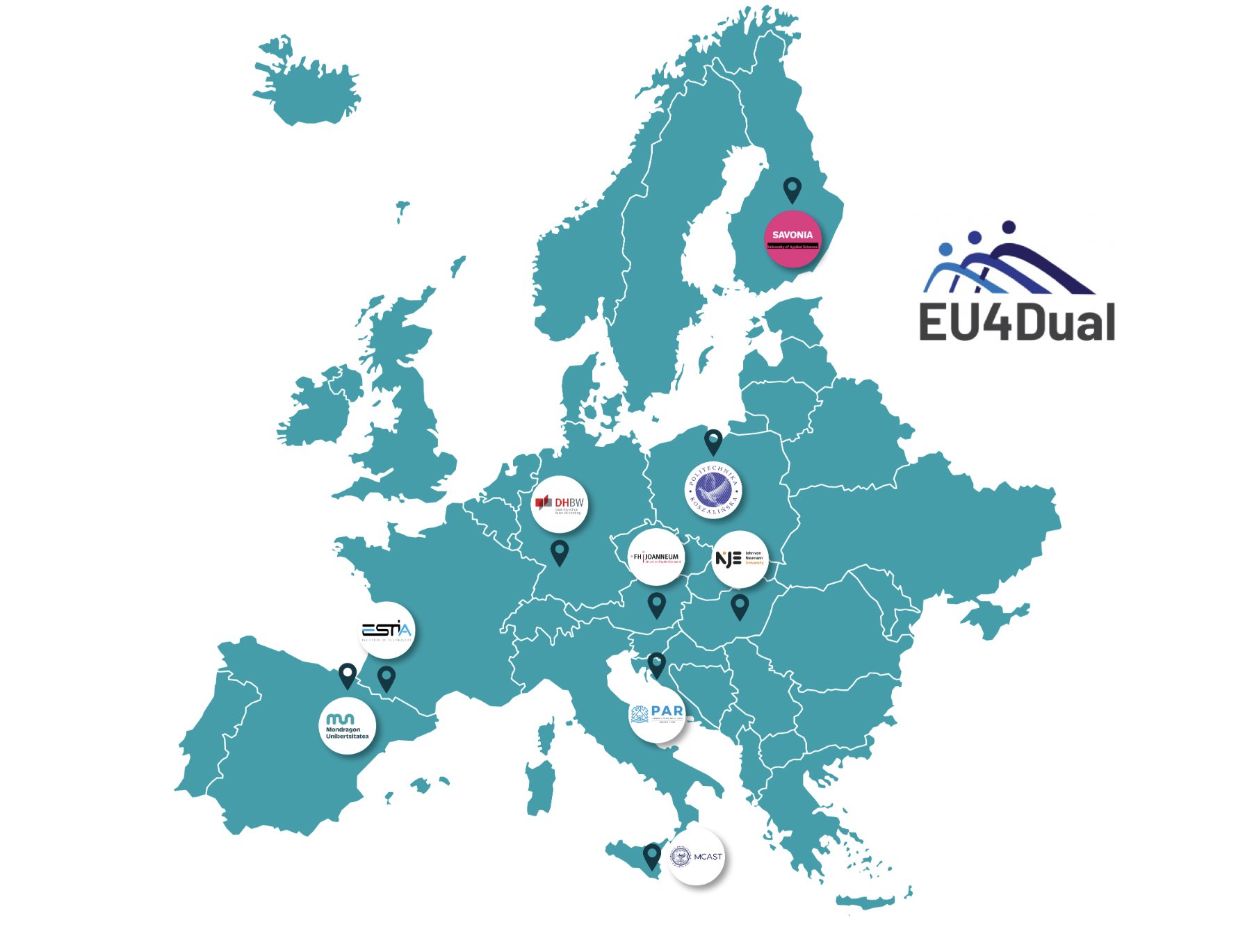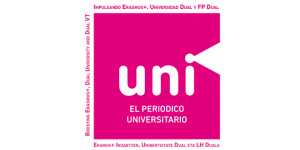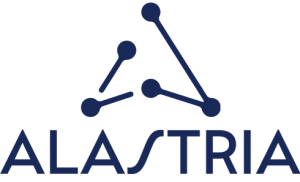The typical student of this teaching is no longer limited to a professional who has little time. There are more and more profiles, of different ages, who choose this format.
Online postgraduate courses, an option for all types of audiences. In 2010, less than 65% of Spaniards were Internet users. We were already living in the era of cyberspace and, although in 2020 that figure rose to 93.2%, studying online still seemed like a thing of the future. Today, as has happened with teleworking, elearning is a widespread practice in training institutions because it has evolved in parallel with the students who take its programs.
In the last 10 years there have been many changes; They have been gradual, but the Covid pandemic has been a boost and online training has accelerated. There is now much more demand for hybrid and online programs than there has ever been. The pandemic has allowed people who were not contemplating it to see that it has many advantages.
Of course, the widespread acceptance of executive programs in online format has undoubtedly come in the last two years. The increase in the perception of quality of online programs has meant that, in some cases, they are now the preferred option.
The change has been such that those who, due to geographical reasons, do not study in person, have been joined by a new profile: that of those who directly prefer to do so online. New graduate students feel more digital. In the selection process to access an executive program, they no longer question whether it is online; because they also work like that. And they no longer wait to have time to take these types of programs in person.
For this reason, the new student of a distance postgraduate program not only has short-term certificates, but is also more reluctant to take long programs (more than six months), especially when the online mode allows them to combine better. And furthermore, it is more demanding when choosing the degree.
The international student body has also grown substantially, to the point that the UOC currently has 14 different nationalities registered and there are even online programs where foreigners make up 60% of the public. In the case of EOI, Latin Americans have gone from 15% to 40% in this modality over the last decade.
In terms of student purchasing power, graduate programs (and especially executive programs) used to be seen as very premium. Now it is no longer the case.

